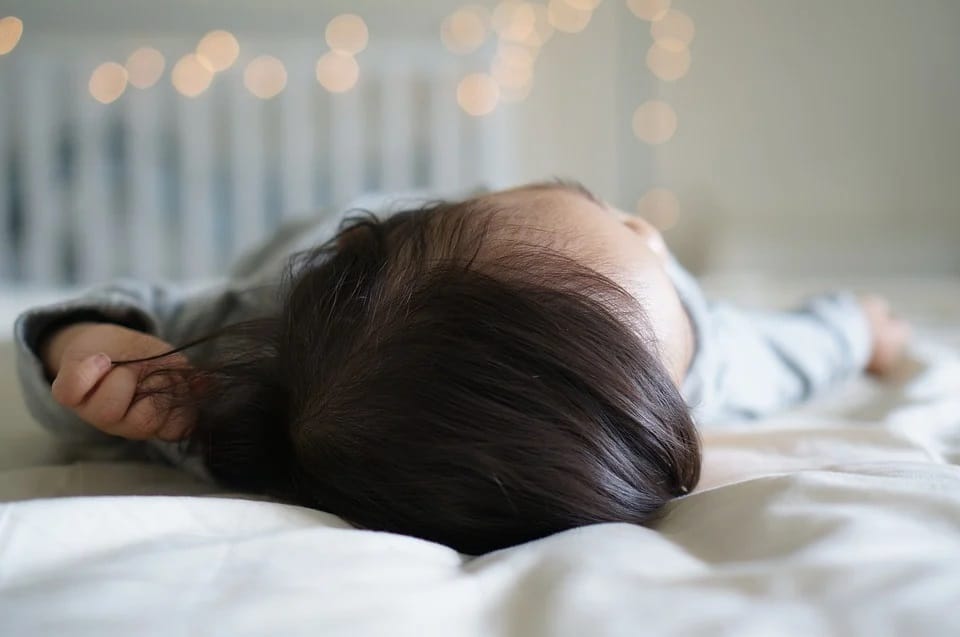If you want to know how to choose a mattress for a child, we will discuss the three main factors to consider. They include your child’s age, health conditions, and the type of mattress itself. By understanding these factors, you should find the best bed for your little one.
Children’s mattresses are not limited to the ones for cribs. It can be overwhelming to select among the market options if you don’t create any criteria. So without further ado, here is everything you need to know about choosing your child’s mattress.

How To Choose Mattress For My Child
Age
The most obvious consideration when selecting a mattress for your child is his/her age. For example, the best bed as your child grows is something firm to support his/her body better and prevent body pain. A firm mattress will also encourage a good posture because of spinal alignment.
You also want to consider if your child is at the appropriate age to use a bed, to begin with. The age range to expect kids to use a bed is two and a half years old to three and a half years old. Every child is different, so their transition time will also vary individually.
Once your child reaches the age when he/she is more active, you can use a memory foam mattress. It isn’t as soft as other materials, so it won’t encourage active kids to jump on it. And if your child still wets the bed, consider getting an easy-to-clean material in addition to using a mattress protector for hygienic purposes.
Health conditions
The second consideration when choosing a bed for your little one is if he/she has health conditions. The most common issue is allergies, and some mattresses may aggravate irritations. You can avoid this by getting hypoallergenic mattresses, which typically use synthetic fibers.
Compared to other materials, these mattresses won’t produce allergens and are also less likely to attract dust mites. If your child’s bed is easy to clean, you can also prevent mildew and mold that release spores. Finally, some kids are more sensitive to odors, so opt for mattresses that use certified foams by CertiPUR-US.
Why is this useful? Having this certification ensures that the mattress doesn’t have irritating substances common in foams. The bed is less likely to off-gas chemical smell, and it’s free of flame retardants and formaldehyde, to name a few.
Mattress type
The final factor for choosing a mattress for a child is the type of mattress itself. This is a vast subject because mattress types are not limited to the materials and layers they use. You can also differentiate each kind according to their size and other physical attributes.
The most supportive mattresses for kids include memory foam, latex foam, and pocket-springs to keep you from getting overwhelmed. The contouring characteristic of memory foam will ensure a night of proper and continuous sleep, while latex foam is a useful alternative if you live in a warmer climate. Meanwhile, pocket-spring mattresses use several layers, and you can find a specific product that your child finds the most comfortable.
Another worthy consideration is a hybrid bed. From the name itself, it combines different materials, and you may find the right type to fit every need of your child according to the factors discussed earlier. But what size mattress should you get for your child?
What Size Bed Should I Get For My Child?
Unlike beds for adults, the mattress sizes for kids will be smaller. However, you have to find the right one to compliment your child’s age, weight, and height for safety and comfort. Some parents also opt for something a tad bigger, so their little one can use it longer.
The best sizes for children’s beds include crib mattresses, twin mattresses, twin XL mattresses, and full mattresses. A crib mattress measures 28 by 52 inches, while a twin is around 38 by 75 inches. For bigger kids, a twin XL is a tad bigger at 38 by 80 inches, while the largest mattress you can get for a child is full size at 54 by 75 inches.
Babies start at a twin mattress and transition to a toddler mattress, which still has a low safety railing. However, some kids can immediately use a twin mattress. You can get a Twin XL or a full bed as well to support your growing child until his/her teenage years.
Should A Child Have A Firm Or Soft Mattress?
A quick tip to remember when it comes to selecting your child’s bed’s firmness is that if he/she is under 18 months old, you should get a firm mattress and never soft. This way, the bed supports the child’s growing bones and joints and also better spinal alignment. Afterward, you can ask your child the ideal softness or firmness he/she finds comfortable and supportive to ensure quality sleep consistently.
Conclusion
Buying a bed for your little one shouldn’t be complicated. The best trick to know how to choose a mattress for a child is to consider his/her age, health conditions, and the type of mattress itself. You also want to remember that every child is different, and they develop according to their own phase.
But in general, start with a crib mattress followed by a toddler bed or twin. Then, you can gauge if your child can use a twin XL or full bed for use until his/her teenage years. As for the firmness, start with a firm mattress to aid your child’s physical development.
